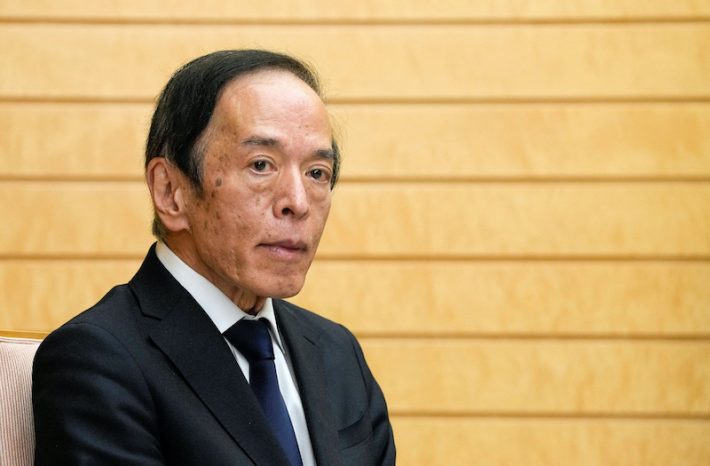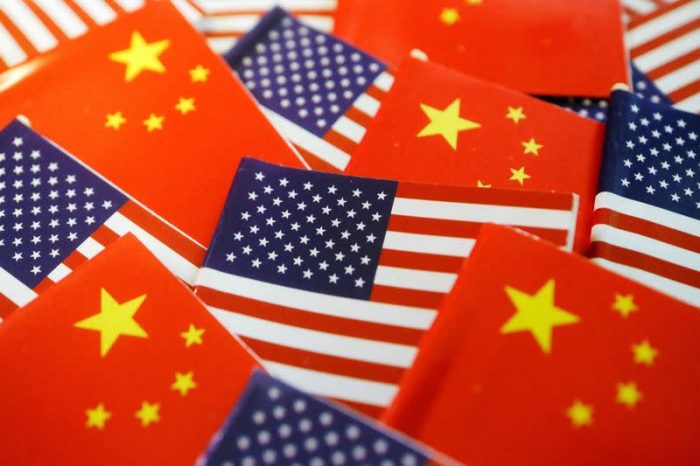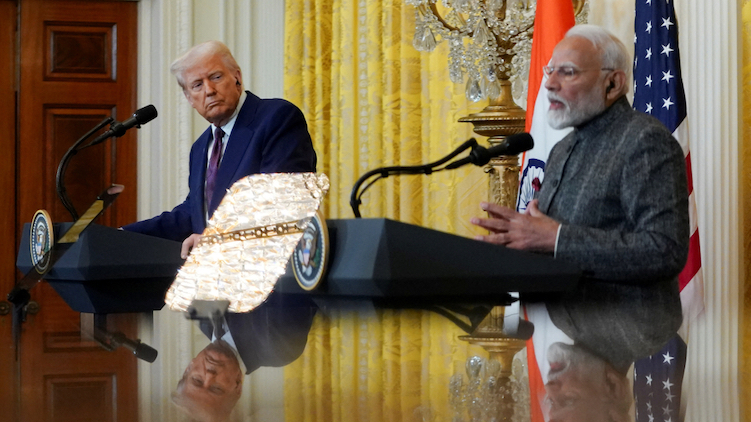Latest News: Forex

Financial authorities in Beijing on Tuesday announced the country's biggest ever reduction in its benchmark mortgage rate

The Nikkei benchmark rose to a 34-year high, while TSMC and other chip-related stocks helped most Asian markets higher on Thursday
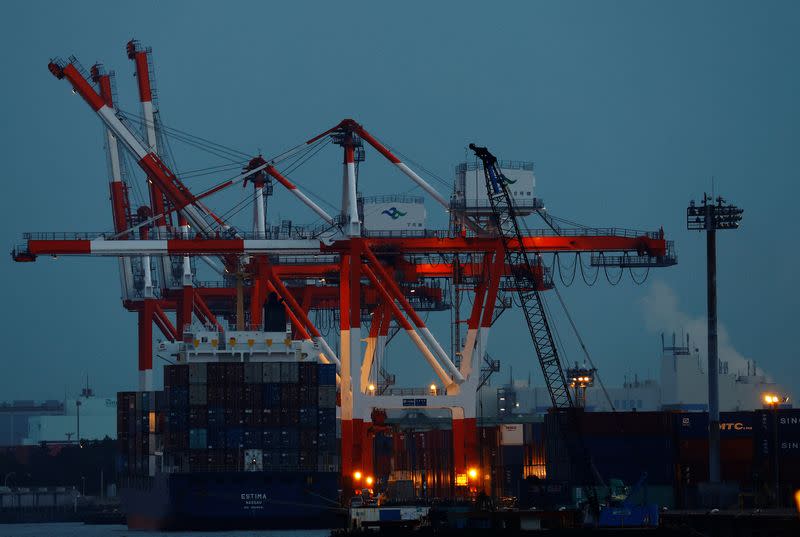
Government data released on Thursday showed that GDP fell by an annualised 0.4% in the October-December period after a 3.3% slump in the previous quarter
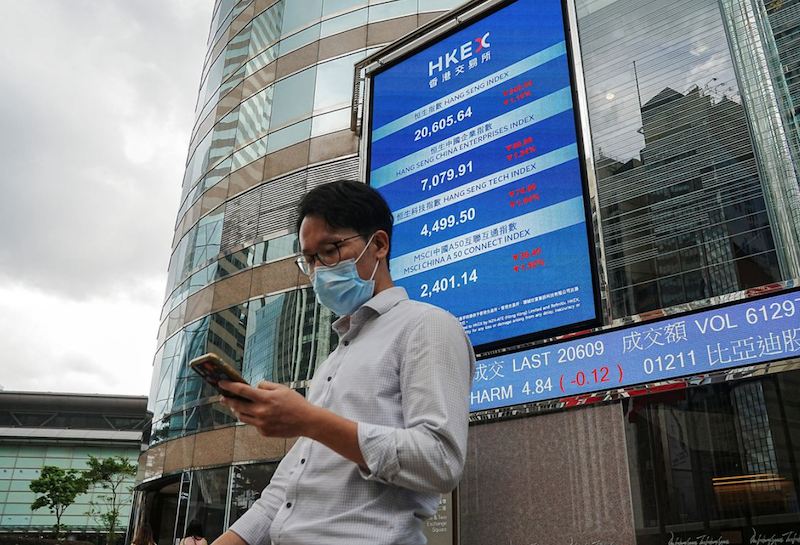
The Nikkei fell after stronger than expected inflation data in the US, but the Hang Seng and indexes in India managed to edge up on Wednesday
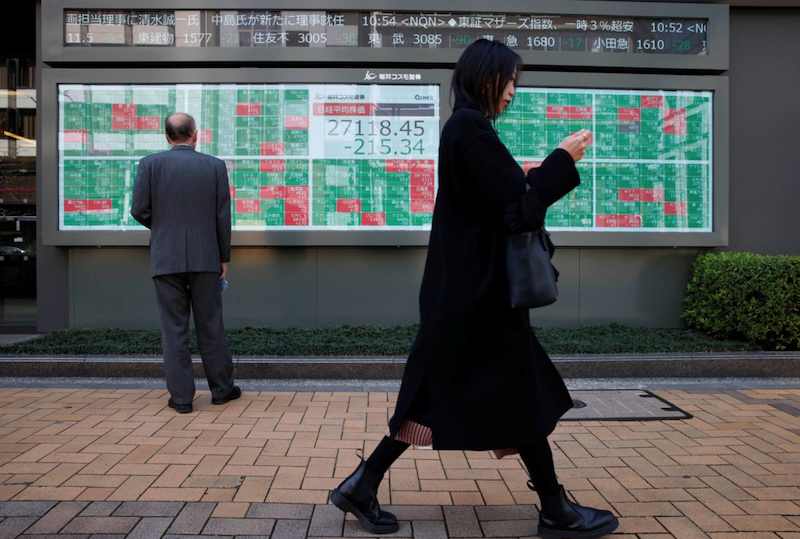
Japanese shares soared to a 34-year peak on Tuesday, rising 2.9% while stock markets in China were all closed again for the Lunar New Year holiday.
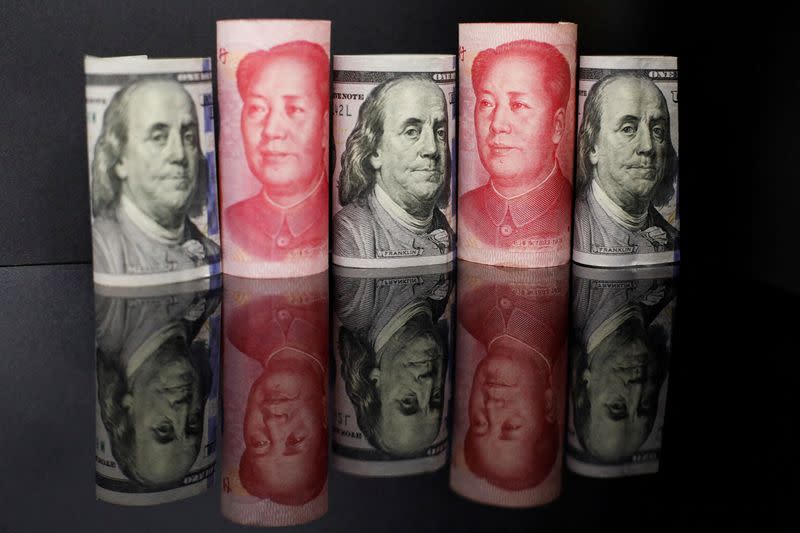
China's state banks actively sold dollars in the foreign exchange market on Monday to stop the currency from suffering a rapid decline after markets in Shanghai and Hong Kong fell by over 2%
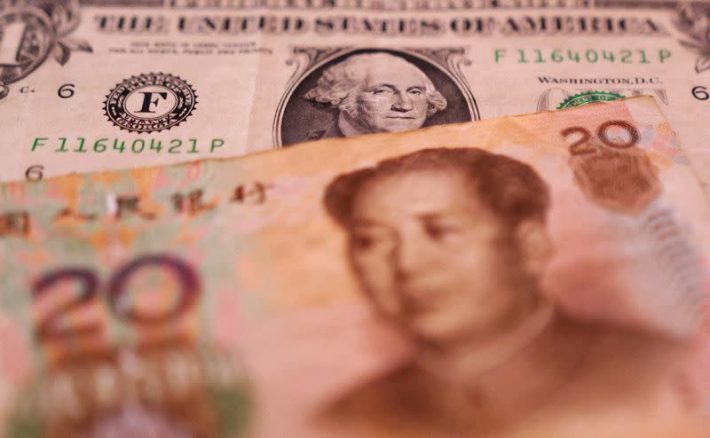
Yuan trading accounted for more than 40% of all foreign currency changing hands on the Moscow Exchange in 2023, triple the year before
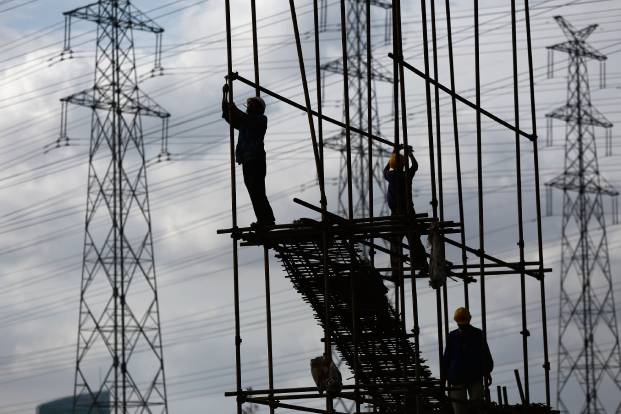
Regulators have ordered local government funding vehicles to stop issuing 364-day offshore bonds, which were undertaken via a loophole last year
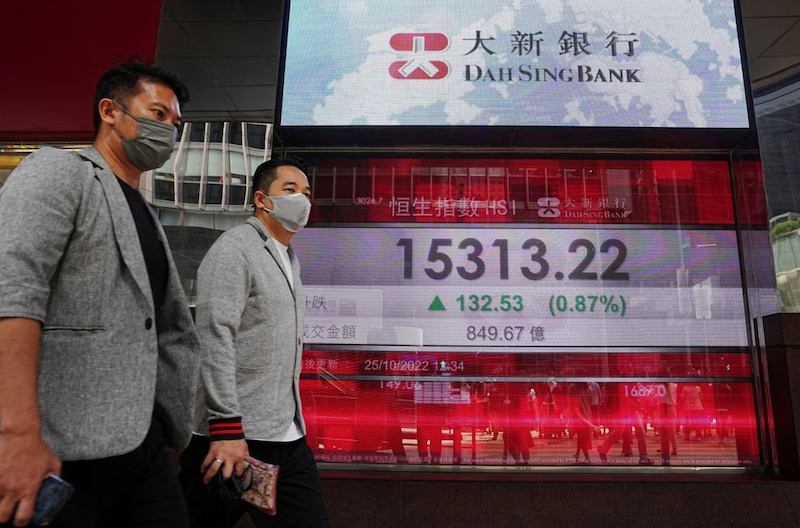
"A more dovish Fed means the likelihood of recession in 2024 has fallen considerably," one market analyst said
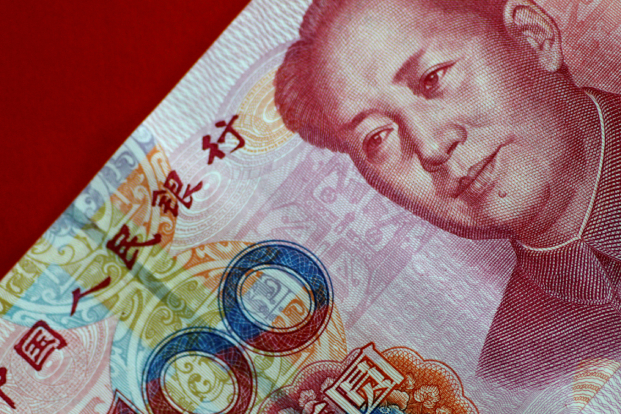
Analysts said the renminbi’s advance was likely to be welcomed by Beijing, which is keen to increase the currency’s international profile
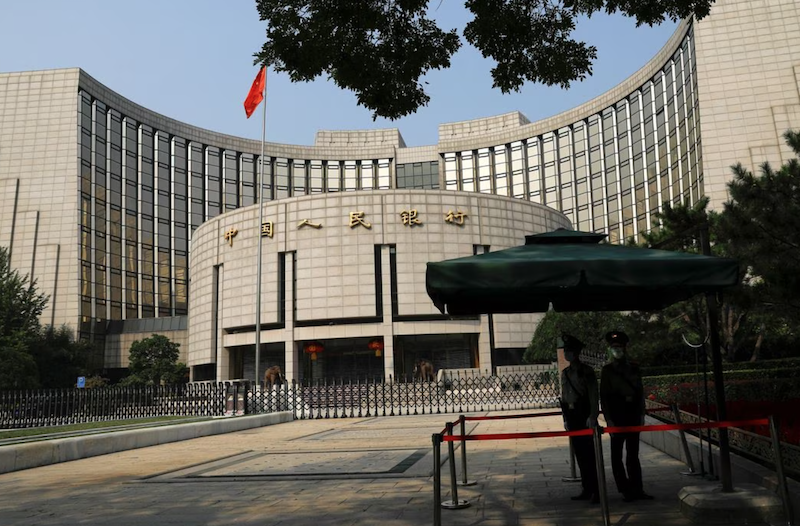
The bulk of market analysts surveyed recently expect the People's Bank of China to boost liquidity and keep the one-year medium-term lending rate unchanged on Friday

Rating agency's downgrade of China outlook puts pressure on Beijing to impose more forceful measures to prop up stocks and stabilize the yuan
AF China Bond
- Popular




